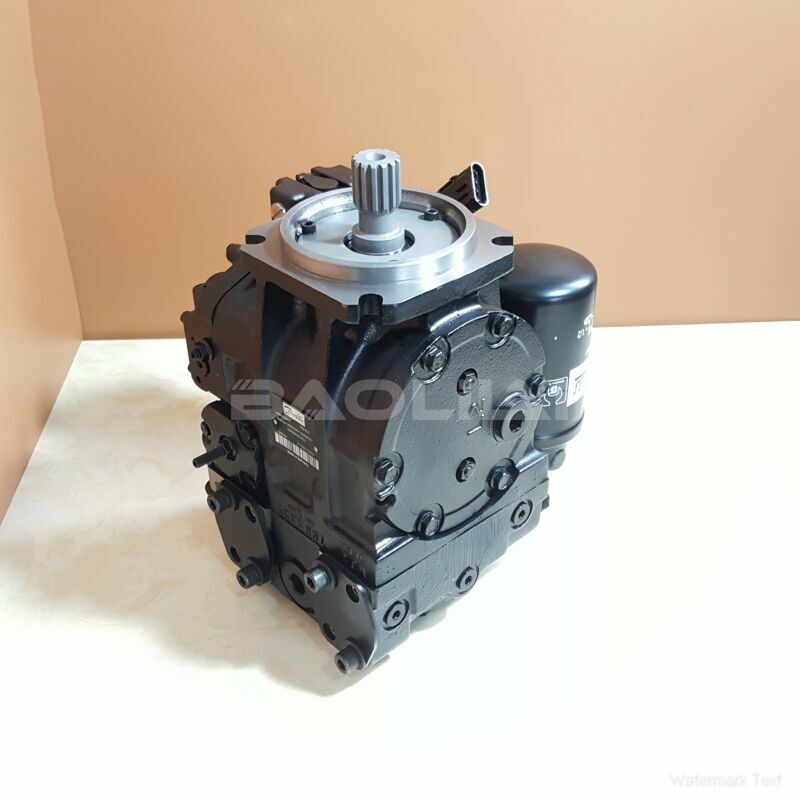90L180KA5NN80SCC8J00NNN424228 hydraulic pump
90L180KA5NN80SCC8J00NNN424228 hydraulic pump

- Product Details
- Applicable Scene
Hydraulic pump efficiency is crucial for the performance of various machinery and systems, especially in low-speed fluid circuits. A decline in efficiency can lead to increased operational costs, reduced performance, and potential equipment failure. If you’re facing efficiency loss in your hydraulic pump, you can troubleshoot the issue by following these systematic steps.
90L180-KA-5-NN-80-S-C-C8-J-00-NNN-42-42-28
90L180KA5NN80SCC8J00NNN424228
Start by conducting a thorough visual inspection of the system. Check for signs of leaks in hoses, fittings, and the pump itself. Leaks can lead to a significant drop in fluid pressure, affecting the overall performance of the hydraulic circuit. Inspect hydraulic fluid levels and ensure that there are no contaminants in the fluid, such as dirt or water, which can impair pump operation.

80001172
Next, evaluate the hydraulic fluid’s condition. The viscosity of the hydraulic fluid is critical for optimal pump function, especially in low-speed applications. Make sure the fluid meets the specifications required for your system, as incorrect viscosity can cause cavitation or inadequate lubrication, both of which can lead to efficiency loss.
Monitor temperature levels as well. Hydraulic systems generate heat during operation, and excessive temperatures can indicate that the pump or other components are working too hard or experiencing wear. Overheating can degrade fluid properties, ultimately resulting in decreased efficiency. Use thermometers or infrared cameras to verify operating temperatures.
Inspect the pump’s performance metrics. Compare the current flow and pressure readings with the manufacturer’s specifications. A drop in flow rate or pressure can signal internal wear in pump components, such as vanes, gears, or plungers. If performance metrics are outside the acceptable range, it may be necessary to disassemble the pump for a detailed inspection.





